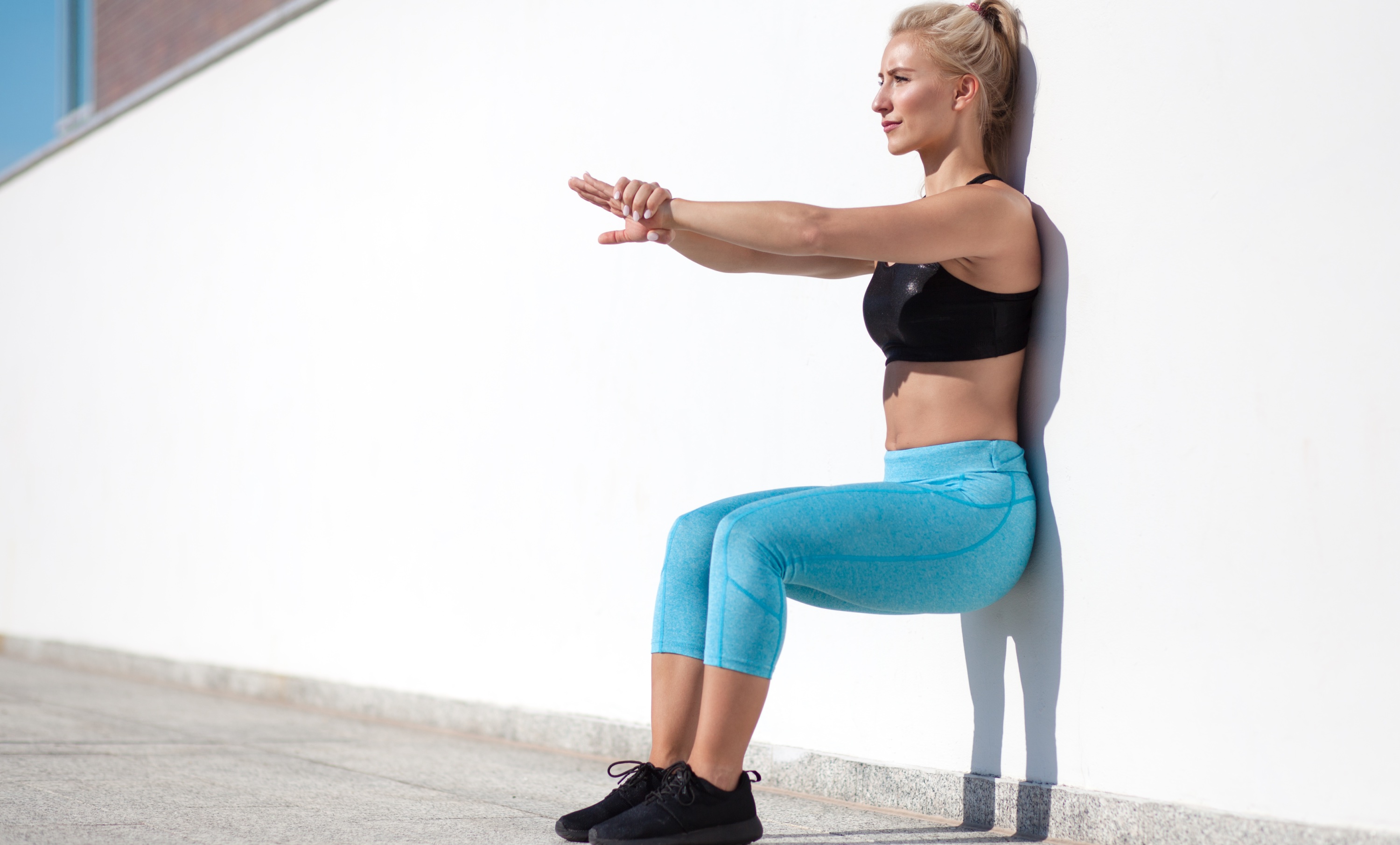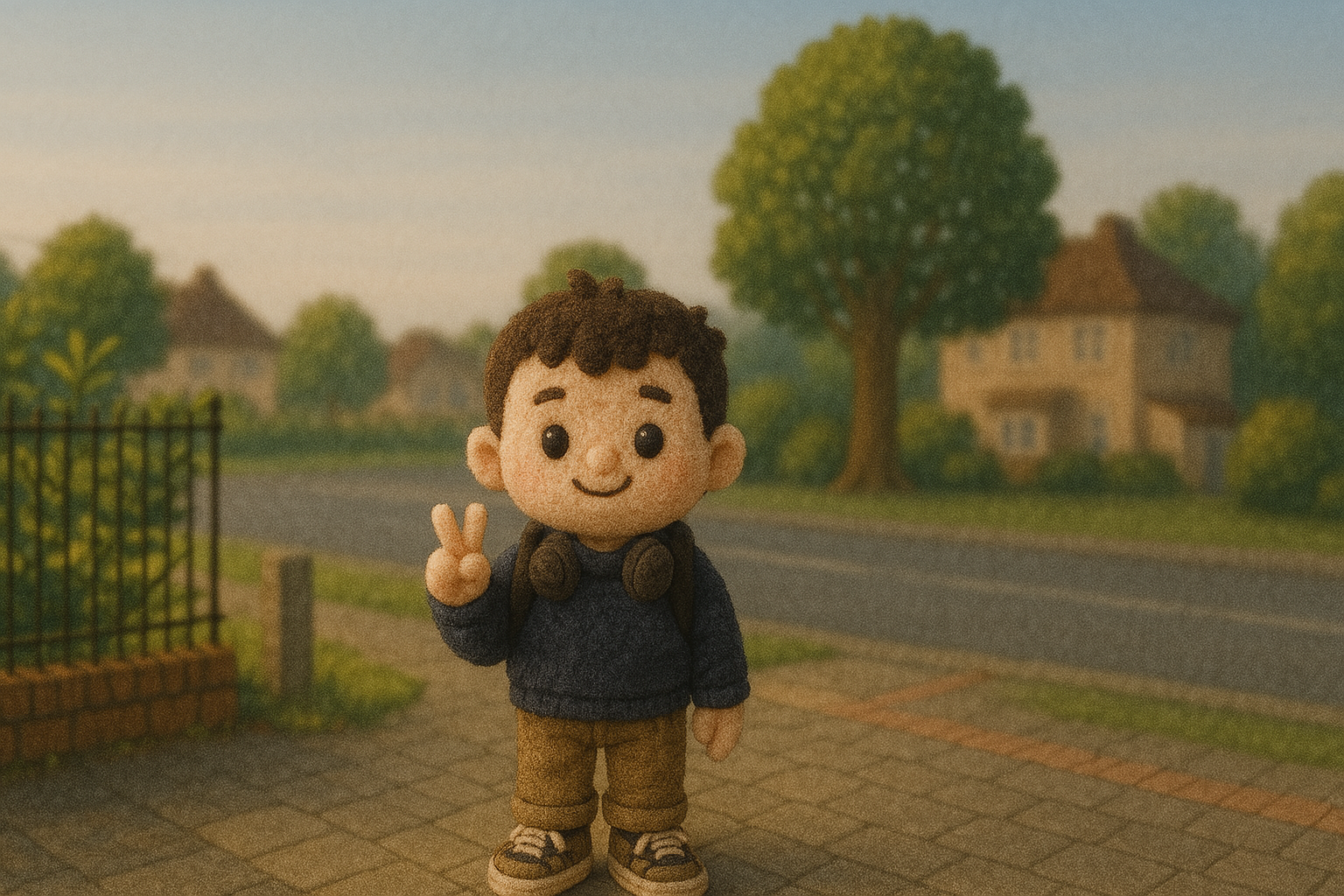How to do a wall sit to build your quads
Here's how to do a wall sit to maximize your quads

When it comes to working your lower body, there are often a few exercises that come to mind — squats, lunges, and deadlifts to name a few. While these are all brilliant at working various muscles in your legs, if you’re looking to mix things up, we’ve found a super-simple exercise that’ll burn your quads like never before.
The best part? Unlike other lower body exercises, you won’t need adjustable dumbbells or resistance bands. You’ll just need your body weight and a wall.
Wall sits, also known as wall squats or the devil’s chair, mainly targets your quads — the muscles down the front of your thighs. It’s an isometric movement, which builds strength and endurance in the muscles without any movement. It also hits the glutes and calves and can be done from just about anywhere, using no equipment. Read on to find out more about how to do a wall sit, and the variations to try.
How to do a wall sit
Hold the wall sit for as long as possible: aim for 20 seconds to start, and build up. You should feel a stretch down the front of your thigh, and it shouldn’t take long before it starts to burn.
- Start with your back flat against a flat wall. Your feet should be shoulder-width apart, and about two feet away from the wall
- Keeping your back flat against the wall, slide down until you have a 90-degree bend in your knees — your quads should be parallel to the floor, and your knees should be directly above your ankles.
Be sure to never let your knees extend out past your ankles in this move, as this will make it less effective, and work your calves, not your quads. Keep your core engaged for the entire movement; think about sucking your belly button into your spine, and keep your weight in your heels, not on your toes. You should also not collapse down into your knees at the end of the move; instead, you should press back into your heels and slide your back up the wall until you are standing.
The benefits of a wall sit
As wall sits isolate your quads, it’s great for building strength down the front of the leg. This is great for runners, as running mainly targets the hamstrings, so wall sits can help balance the muscles in the legs. By activating the low slow-twitch fiber muscles, you’re also helping to build endurance in the muscles, which won’t help you get bigger muscles, but will help you move faster.
As you’ll soon notice after attempting your first wall sits, they get your heart rate up quickly and help you torch calories. Unlike a squat, where you have periods of work and rest as you move up and down, in a wall sit, you’re keeping your muscles working hard for the entire move, increasing your heart rate, and in turn, the calories burned.
Sign up to get the BEST of Tom's Guide direct to your inbox.
Get instant access to breaking news, the hottest reviews, great deals and helpful tips.
Wall sit variations to try
There are no ifs or buts about it — the wall sit is an intense exercise and beginners might find it tough. Luckily, there are a number of variations to make the exercise easier or harder.
To make the move easier, don’t lower as far in the sit. Aim for a 45-degree angle, not 90 degrees, as this will take some of the pressure off your quads and knees. You can also shorten the amount of time you spend in the move — try five seconds at first, and build-up, or put an exercise ball between your back and the wall.
To make the move harder, hold the move for longer, or try one of these variations:
Single-leg wall sit: To really torch your quads, try doing a wall sit on one leg. To do this, get into the sitting position, then shift your weight onto one leg, and extend the other out in front of you. Hold this for a few seconds, before lowering the leg back down to its starting position. Repeat on both sides.
Weighted wall sit: You guessed it, for a weighted wall sit, you’re going to want to add weight to the move, by placing a weight plate, or dumbbell across your thighs. Be sure to remove the weight before standing up.
Wall sit with curl: To get an upper and lower body workout, hold a dumbbell in each hand, and once you are in the wall sit position, add some shoulder presses, or bicep curls.
More from Tom's Guide
- This exercise is better than squats at working your glutes
- These are the best exercises to try if you sit down all day
- The best ab workouts you can do from just about anywhere
- For a different take on squats, you can try the Bulgarian split squat to target your glutes and quads.

Jane McGuire is Tom's Guide's Fitness editor, which means she looks after everything fitness related - from running gear to yoga mats. An avid runner, Jane has tested and reviewed fitness products for the past five years, so knows what to look for when finding a good running watch or a pair of shorts with pockets big enough for your smartphone. When she's not pounding the pavements, you'll find Jane striding round the Surrey Hills, taking far too many photos of her puppy.
- Sam HopesSenior Fitness Writer, Fitness and Mobility Coach
